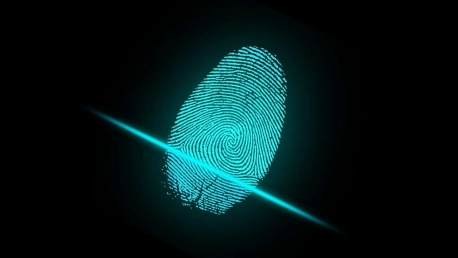Roku encountered a substantial security issue when attackers orchestrated credential stuffing attacks, affecting around 600,000 users. These attacks exploit a common vulnerability where individuals reuse the same login credentials across multiple platforms. In a credential stuffing attack, cybercriminals take advantage of leaked username and password pairs to infiltrate user accounts on several websites or services unlawfully. Such incidents underscore the risks associated with password reuse, as a breach in one service can potentially compromise accounts across a variety of platforms if users do not employ unique passwords for each account. This attack on Roku’s platform is a stark reminder of the importance of digital security practices, particularly the need for unique and complex passwords to secure online accounts against unauthorized access attempts.
Understanding the Credential Stuffing Threat
The Mechanics of the Attacks
Roku recently fell victim to a pattern of cyberattacks that prey on the vulnerability of reused passwords. Initially, hackers gained access to approximately 15,000 Roku user accounts. Yet, while addressing this issue, Roku uncovered a more ominous situation—a more considerable breach that impacted an additional 576,000 accounts. The ramifications of such unauthorized access are significant. Compromised accounts run the risk of unauthorized transactions, which can range from the purchase of channel subscriptions to Roku’s own hardware, potentially exploiting the users’ stored payment methods. Despite the severity of the breach, Roku was prompt in communicating that sensitive financial data like full credit card numbers were not compromised in these security breaches. The situation emphasizes the importance of heightened vigilance and stringent security measures in the digital domain to protect consumer data from exploitation.
Implications for Roku Users
In response to recent security issues, Roku has committed to guiding impacted users through resetting their passwords and will assist those who have fallen victim to fraudulent activities in recovering their funds. While this breach impacted a small fraction of users—less than 1%—it raises concerns for all, given the common practice of using the same credentials across multiple services. The incident is a stark reminder for individuals to enhance their cybersecurity habits by creating distinct passwords for each online account. Moreover, it emphasizes the responsibility companies have to protect consumer information. Ensuring that users have access to robust security features, such as two-factor authentication, is a vital part of these protective measures. This breach serves as a wake-up call to prioritize cybersecurity for both users and service providers to prevent such vulnerabilities.
Proactive Security Enhancements by Roku
Strengthening User Protection
In response to recent credential stuffing incidents, Roku is stepping up its security measures for user accounts, implementing compulsory two-factor authentication (2FA). This security update necessitates users to authenticate their identity through a second step — either via email verification or a device-specific ID. This added security measure significantly mitigates the risk of unauthorized account access, as it is highly improbable for potential intruders to possess both the user’s password and the means to bypass the secondary verification process. By introducing 2FA, Roku is not only addressing the immediate concerns prompted by the attacks but is also erecting a robust defense system against potential future intrusions. The decision to enhance security protocols underscores Roku’s commitment to protecting user data and maintaining trust in their platform. As digital threats evolve, such proactive steps are crucial in the effort to shield users from cyber threats and ensure a secure digital experience.
Future Defense Strategies
Roku has faced recent security incidents, prompting a heightened focus on cyber defense. The company disputes direct ties to online markets for stolen credentials highlighted by BleepingComputer, yet acknowledges the threat they pose. In response, Roku is advancing security measures, particularly emphasizing proactive strategies to deter “stuffing” attacks. The introduction of two-factor authentication and heightened user awareness on cybersecurity are key facets of Roku’s strategy to bolster security. As cyber threats continue to become more sophisticated, Roku, alongside its users, must stay alert and committed to thwarting cyber threats, thereby maintaining the trust and safety of user accounts and upholding the platform integrity. This balance of reactive and preventive efforts is essential for Roku to navigate the digital landscape securely.









